Growing Gloxinia - How to Plant and Care for Sinningia Speciosa
Gloxinia is a plant native to warm parts of the world, which grows perfectly indoors in colder regions. It's a demanding species with particular preferences about its growing conditions. But if maintained properly, it can reward you with magnificent colorful flowers – the color depends on the variety. Gloxinia in a garden is a definitely less popular solution. Such a plant prefers being sheltered, so the leaves aren't exposed to water. Check what you should know about gloxinia and learn how to care for it.
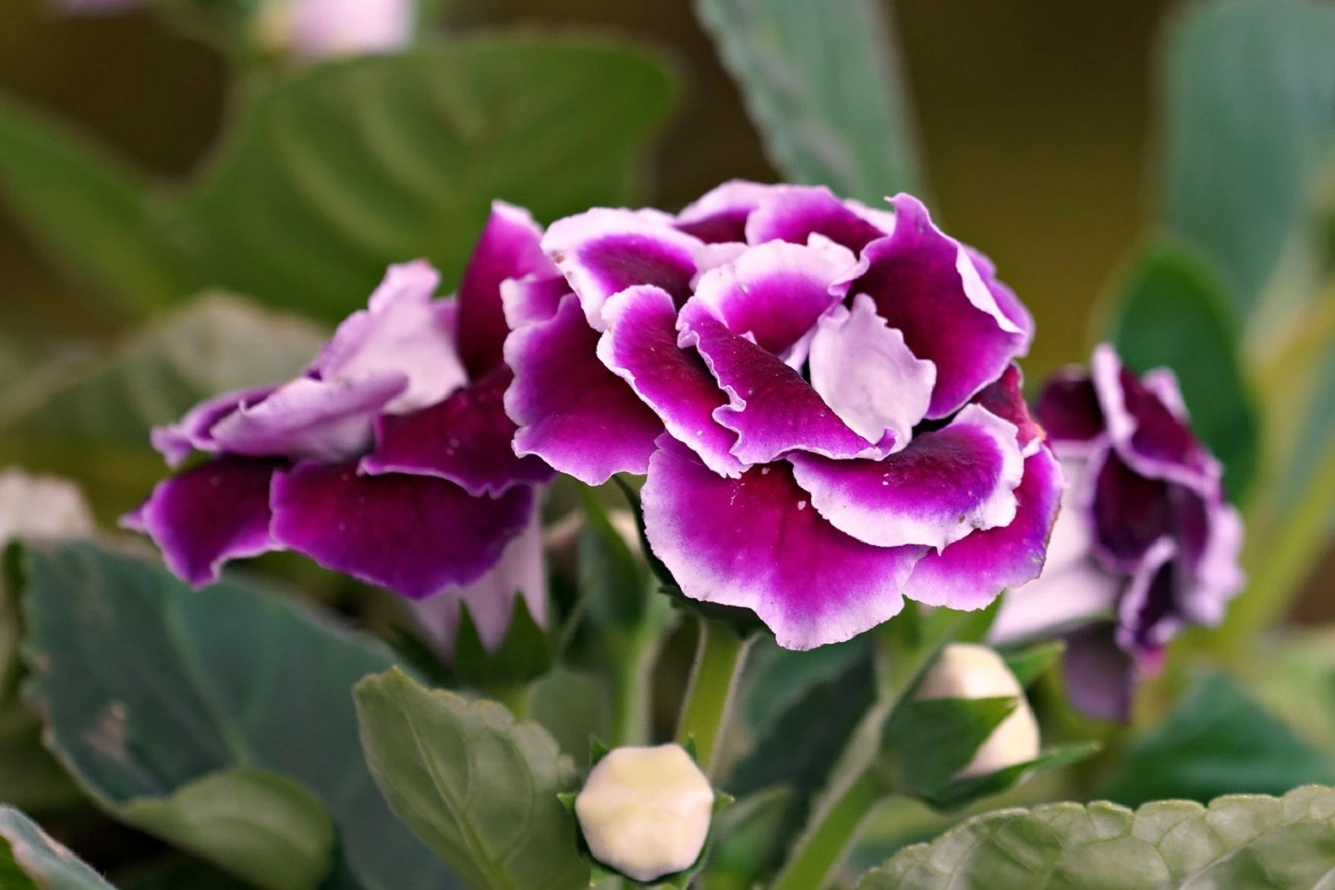
Gloxinia flower – what does it look like, and where does it come from?
Potted gloxinia is a common name of Sinningia speciosa. It’s a species from the group of bulbous plants, and it’s native mainly to regions of Brazil. Because it can be grown in containers, it’s popular everywhere in the world.
Gloxinia can grow up to 30 cm (76.2 in) tall. It has thick, oval leaves, which are also covered in soft hair. The blooming season falls in summer, starting in June and lasting until the end of September. The plant develops branches with singular, but nonetheless impressive flowers. Particular varieties have different colors.
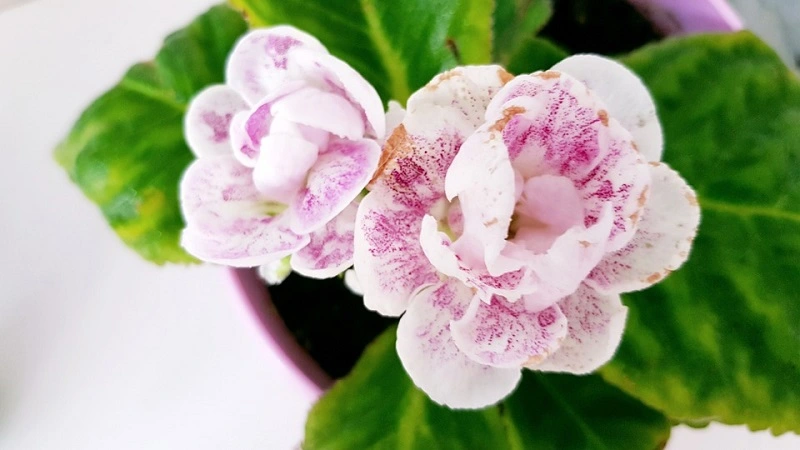
Gloxinia plant – the most popular varieties
This potted plant is very trendy, mostly because of its large flowers. Are you wondering which gloxinia varieties are the most popular? Here’s the list of the favorite cultivars:
- Mont Blanc, whose flowers are its biggest advantage; they are white, grow up to 8 cm (ca. 3 in) long, while the leaves are 15 cm long and have serrated edges,
- Kaiser Wilhelm amazes with its purple flowers with a characteristic white trim,
- Kaiser Friedrich also has a white trim, but the flowers are red,
- Blanche de Meru develops amazing flowers with cream middles shading into pink; the leaves have a dark green, highly saturated color.
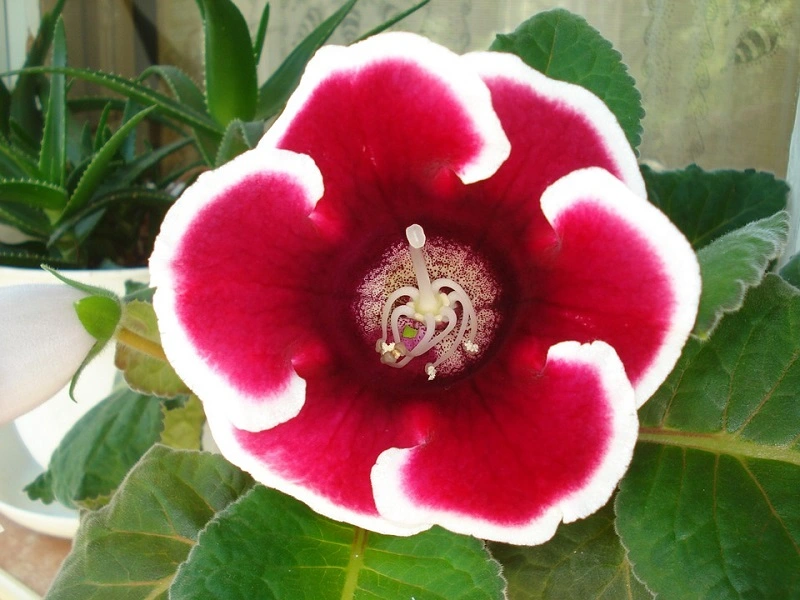
Growing a gloxinia in a garden
The plant is very difficult to grow in a garden in cold temperate climate. But there’s nothing stopping you from putting a pot with the plant outside during a warm, dry weather. Just follow a few basic rules concerning picking a location for it, so the plant can grow and develop properly. Definitely avoid exposing it to full sun. A half-shaded spot is a much better option.
Growing a potted gloxinia – basic care
Gloxinia is a plant that adds a unique character to any place. It’s not the best choice for beginner gardeners, as it requires proper care to develop correctly. The plant needs a bright location during its vegetation period, but it cannot be exposed to direct sunlight. The soil has to be permeable, which means it cannot accumulate water. The plant prefers rich and constantly damp soil of a neutral pH level.
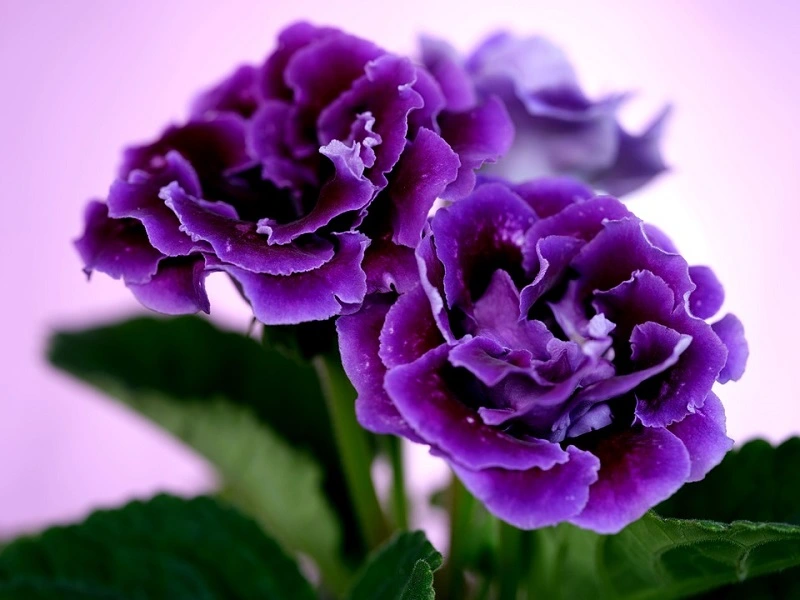
Does gloxinia require watering and fertilizing?
If you decided to grow a gloxinia, remember you can’t lead to a situation when the plant has either too much or too little water. Both extremes are dangerous to it, and might cause withering. When watering, make sure to avoid leaves, and not wet them accidentally.
Gloxinia needs feeding, especially when it’s blooming. Products designed for flowering plants are the best option. Additional nutrients contained in the fertilizer help the plant bloom. They affect the flowers’ color and size.
Gloxinia – propagation
Propagating gloxinia by seeds is the easiest method. The seeds should be planted in winter or summer into a fertile soil in a pot. After being taken care of and watered, they begin sprouting after about 20 days. Note that they need a constant temperature of 23-24°C (73.4-75.2°F). The seedlings can be separated and moved into larger containers. The first flowers should bud after about six months.
Another popular propagation method involves retrieving cuttings from mature plants. Cutting the leaves at the stem and planting them in a fertile, peat-rich soil allows them to take root and develop as new plants.
The third method requires the most experience, hence only experienced plant enthusiasts decide on it. Take the plant out of the soil and delicately clean its bulb. Divide mature bulbs and plant each in a new soil.
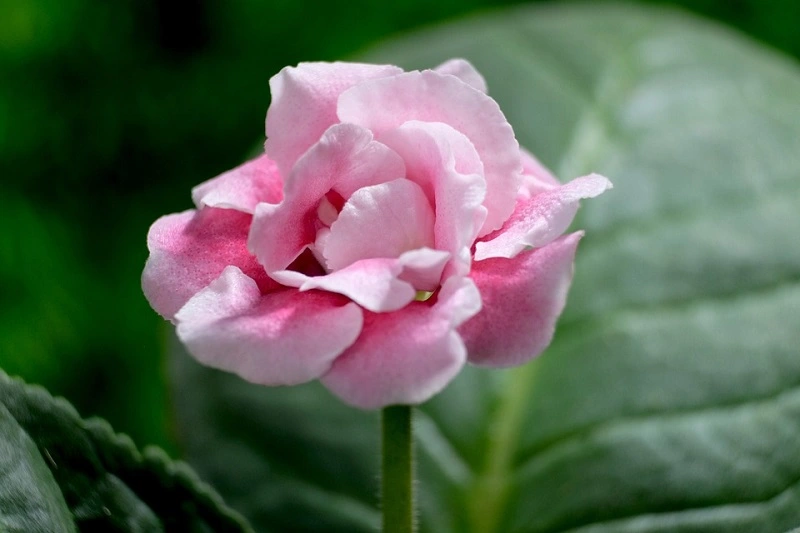
Gloxinia – how much does the plant cost?
Potted Sinningia speciosa can be purchased in most flower shops and supermarkets. The prices depend mostly on the plant’s development stage. For instance, about 20 bulbs cost about $70. A small seedling ready to be planted in a new pot costs about $7. It’s not a huge investment – and the plant rewards the effort with its blooming.
What pests and diseases might threaten gloxinia?
Gloxinia has to be kept under a roof during the entire period of its growth and blooming. It’s because the plant dislikes having its leaves sprinkled with water. If this happens, they might get damaged and wither. When placed outside, the plant is exposed to temperature changes, which might trigger fungal diseases such as grey mold or rot. If you want to protect the plant from diseases, always keep it indoor and follow the care guidelines.
Gloxinias left outside might get attacked by aphids. Using appropriate products should quickly remove the problem. Keeping the plant inside makes it more resistant, and pests aren’t likely to attack it.
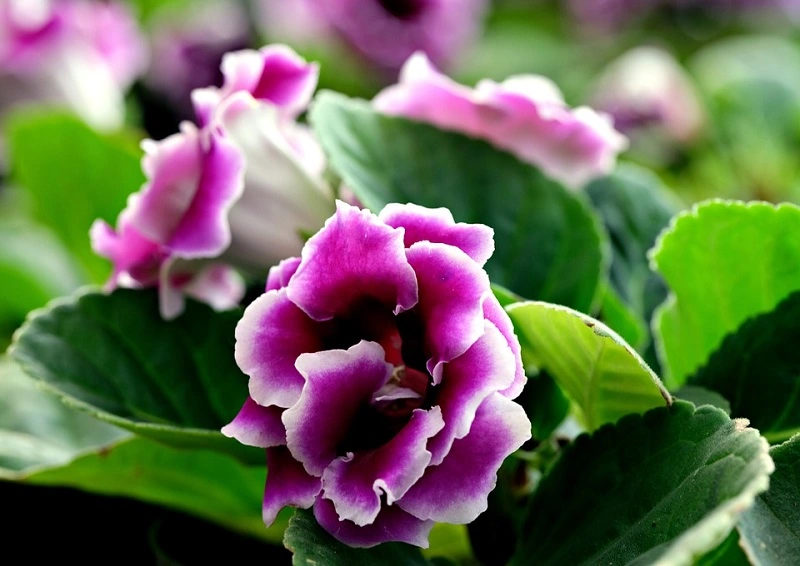
📍 What does gloxinia plant look like?
Gloxinia is a popular potted plant. It amazes primarily with its large flowers which might have different colors, depending on the variety. When it's blooming, gloxinia resembles a bouquet of flowers surrounded by green leaves.
📍 Where to buy a gloxinia?
Potted gloxinia is a very popular plant. Thanks to this, it can be purchased in most garden stores, as well as in supermarkets. The price for the plant depends on its size and variety. Usually, it's not expensive.
📍 How to care for a gloxinia flower?
Gloxinia is relatively easy to grow. It requires certain conditions to be able to grow properly. Remember about regular watering, especially in summer, when the temperatures increase, and the air humidity decreases.
📍 How to propagate gloxinia?
There are three ways to propagate gloxinia. The first and the easiest method is simply planting the seeds. The second requires cutting the leaves by their stems, and planting them in a rich soil. The third, the most difficult way to propagate gloxinia plants involves bulb division. The plant has to be dug out, the bulb cleaned, divided and planted in new containers.
Featured articles




